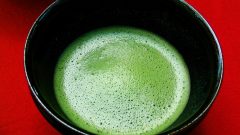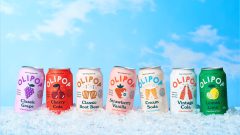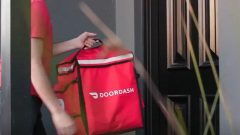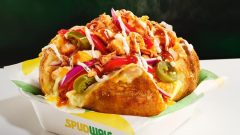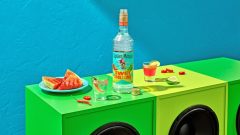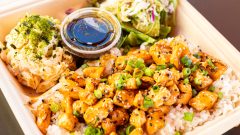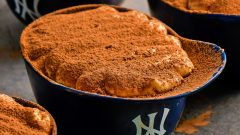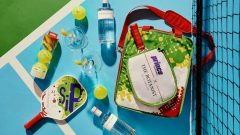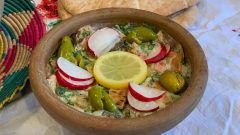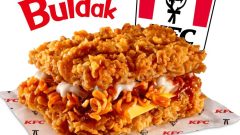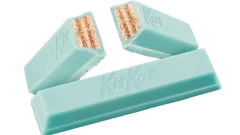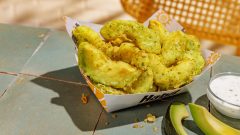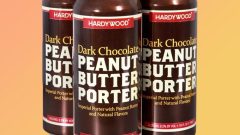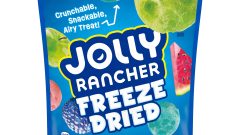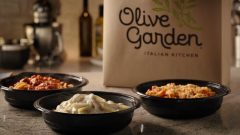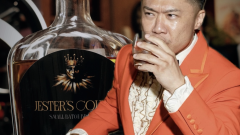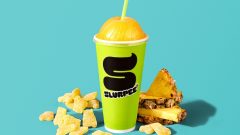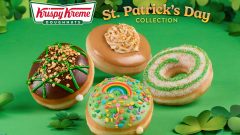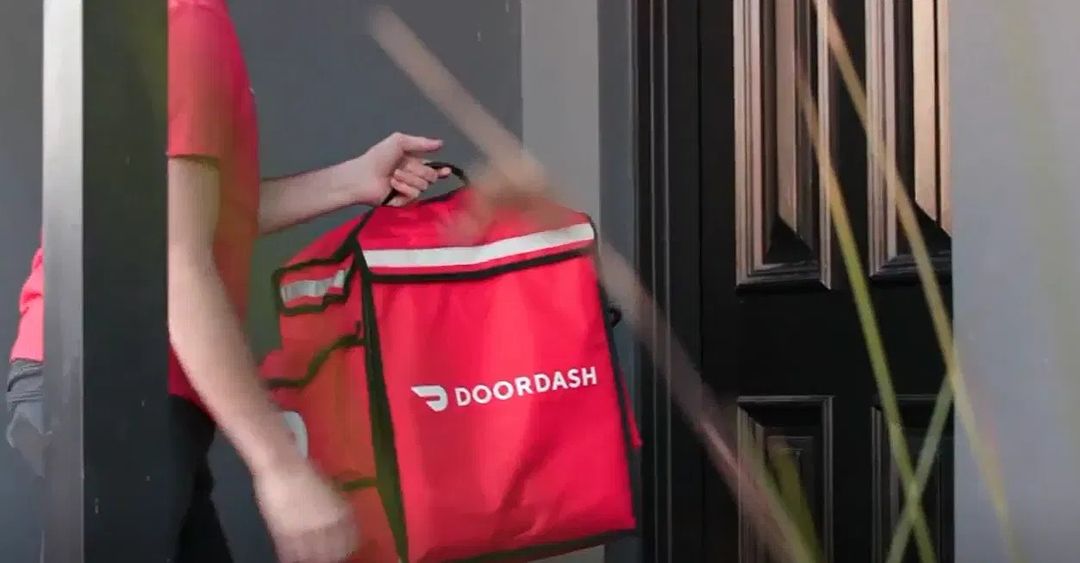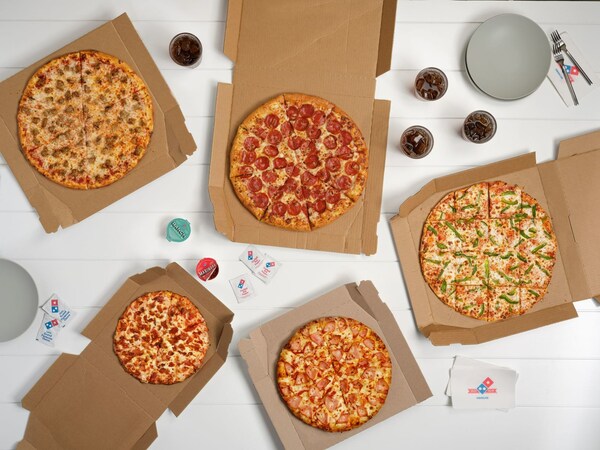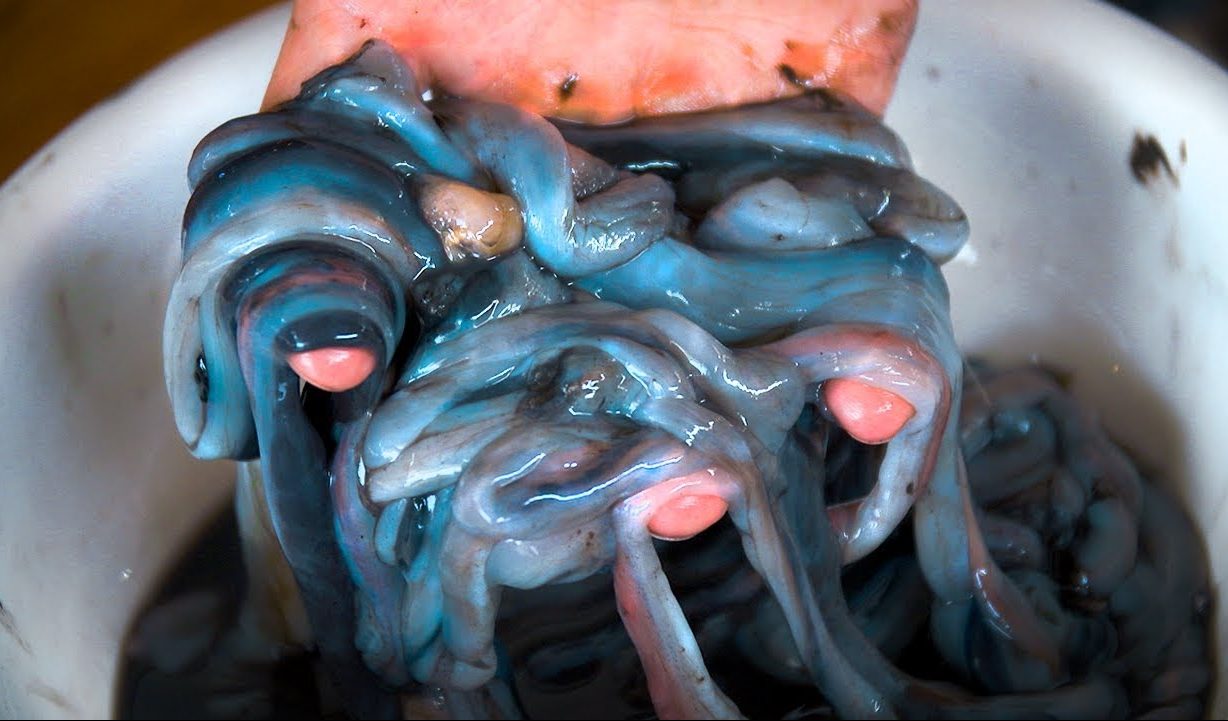A New App Allows Restaurants To Generate Menu Images Using AI
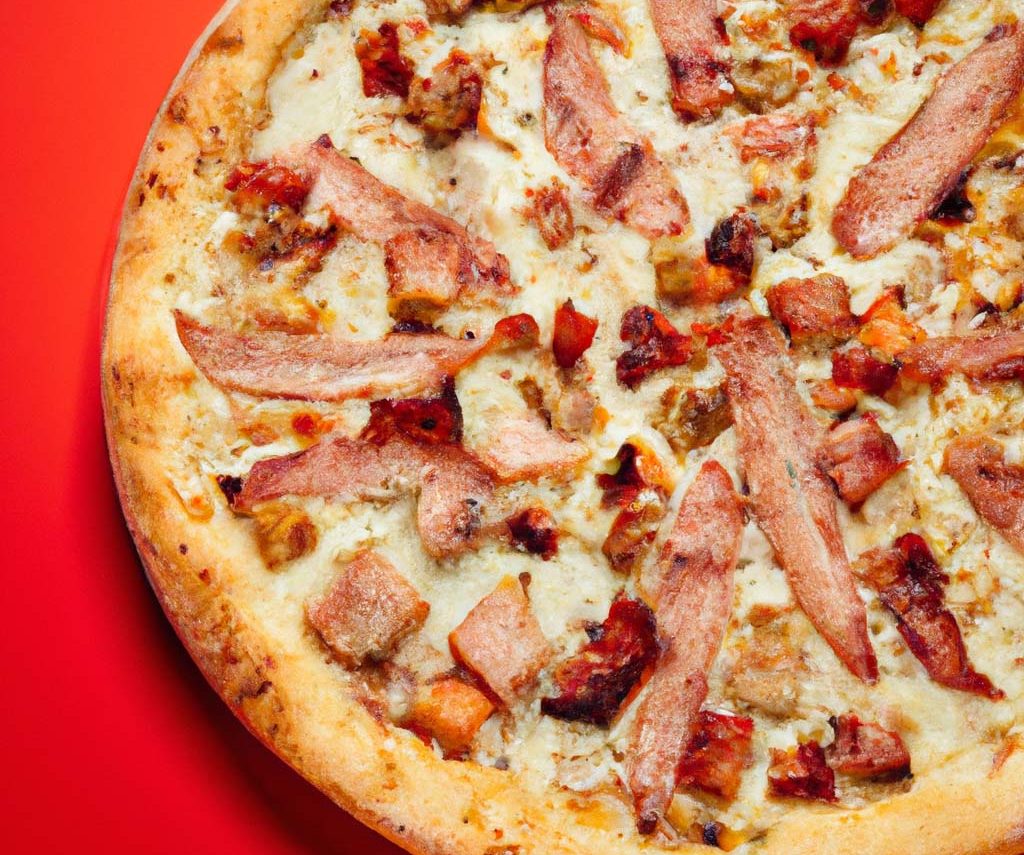
Last year, generative AI became all the rage within the world of social media content sharing. Generative AI basically enables artificial intelligence to generate original content based on input data that is supplied or sourced from the internet. One popular example is Lensa AI, who started the viral AI portrait trend.
Looking to introduce the power of generative AI into the food space, Nabeel Alamgir, CEO of restaurant tech startup Lunchbox, has released a free AI-powered food photo generator. It uses OpenAI, the creators behind ChatGPT, a chatbot which uses AI to respond in language formats, while learning and improving. Basically, it’s a super advanced search engine that allows users to source information conversationally.

Lunchbox is known for their restaurant management software, and works with about 200 brands. Their new AI-powered food photo generator was built using OpenAI’s text-to-image tool DALL-E. Since launching in January, the company has already generated 175 million AI photos. Despite the impressive number, Lunchbox is unable to track which restaurants or brands have used their tool.
According to Insider, it works similar to ChatGPT, where users are allowed to run descriptive searches, which the AI analyzes to generate food content. Insider tested the photo generator out, asking it to create an image of “a burger with blue cheese and bacon” on a “brown” background. Strangely enough, the resulting images didn’t exactly hit the mark. One was a burger with light blue buns, another an artisan-looking burger with a thick slice of blue-colored cheese. With the technology’s learning capabilities, results will seemingly improve with time.

Alamgir’s goal with Lunchbox’s AI-powered food photo generator is to help restaurants boost sales. Data from Grubhub reveals that restaurants with pictures for their menu items receive at least 70% more orders and 65% higher sales than those without pictures. “We launched this free generator to provide small and new restaurants access to the very same tools that bigger platforms offer for a fee,” Alamgir told Insider.
One bump in the road for those interested in using the photo generator is ensuring the final images resemble the menu items they offer. In general, customers expect the picture to match the real thing. False advertising has even resulted in legal action against popular food chains.

“We understand maintaining menu integrity is important,” Alamgir said. “The reason we launched the food image generator is because it can get profoundly close to the real visual of your more simple dishes, but it carries out the marketing component that many new and small restaurants cannot afford.”
Alamgir hopes the tool will help restaurants that don’t have access to professional food photographers. Understandably, DoorDash is fairly strict when it comes to photos that “properly represent the item.” Even going so far as to offer complimentary photo shoots for restaurants without food photos. With countless restaurants that can benefit from professional food photography, Lunchbox’s technology will definitely attract many.

